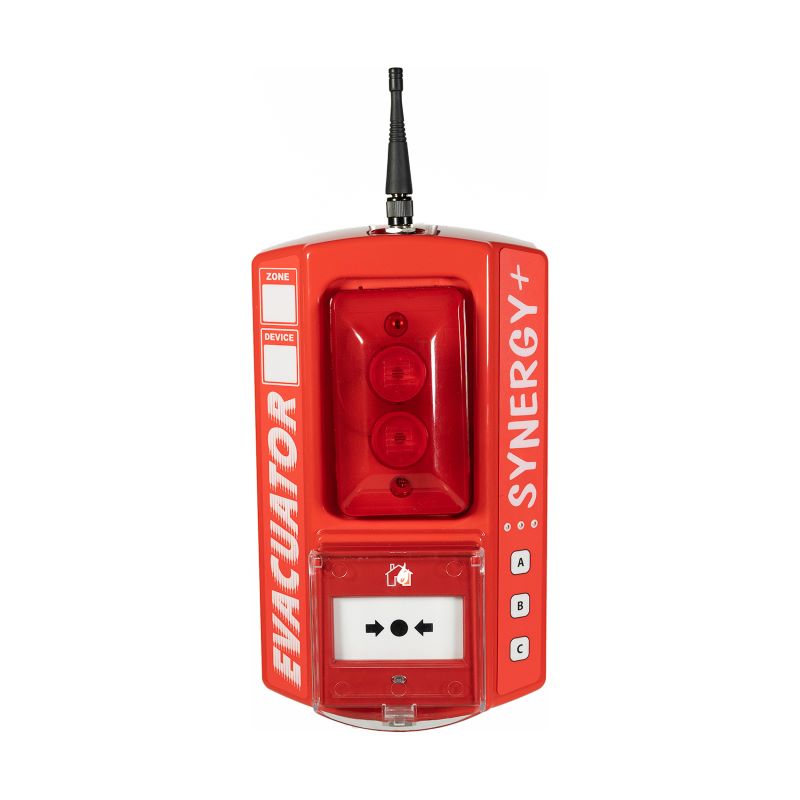-
Contact
Sales & Customer Service
0800 612 6537 support@safelincs.co.uk Live ChatDelivery Enquiries
0800 077 6149 - Resources
Fire & Safety Solutions
CALL OUR TEAM NOW 0800 612 6537
Lines open today 8am - 6pm
Free Delivery
on 100s of Products
Live Chat - Online
Instant help & Advice
Trade Discounts
and exclusive pricing
0% Credit Available
Open an account now
5 Star Customer Feedback
Temporary Site Alarms for Construction

What are site alarms?
Site alarms are temporary alarm systems that can be used on sites where a permanent alarm system has not yet been installed (like a building site), or where it is not possible to install one (like a music festival or other outdoor event).
Depending on the manufacturer, site alarm systems can include manual call point units for evacuation (and first aid), automatic smoke and heat detection units, and a control unit. In the event of a fire, chemical spill, or other emergency, if a manual call point or detector is activated, the system will alarm, alerting people on site to the danger and initiating an evacuation. Where first aid units are fitted and this feature is activated, the control unit will receive data on the location of the activated unit, so that first aid can be directed to it.
What situations are site alarms suitable for?
Site alarms are often used in construction sites of buildings which do not yet have fire alarm systems installed. This protects site workers, and limits damage to the unfinished build as emergency services can be contacted more quickly.
Site alarms can also be installed at music festivals, campsites, and other outdoor venues to evacuate visitors and staff during emergencies like fires and terror attacks.

When are site alarms required?
Site alarms have been developed to provide fire detection and alarm systems for premises where a permanent alarm system has not yet been installed, or cannot be installed.
The FSO and Building Regulations require all premises to have ‘suitable’ fire detection and alarm measures in place. What is considered ‘suitable’ would be defined by the site’s fire risk assessment, and related standards for that type of environment.
Approved Document B (government guidance on meeting Building Regulation requirements for fire safety) recommends compliance with BS 5839, but this only applies to finished buildings - not temporary venues or construction sites, which are still subject to the FSO.
There is therefore a grey area in legislation, with no "official" recommendation or guidance for construction sites and temporary venues, which site alarms resolve. However, they cannot be used as permanent alarm systems or in finished buildings because they don't comply with BS 5839.
How are site alarms connected?
Some site alarms need to be connected with wires to form a circuit. Due to the limits imposed by the length of wires, these systems are therefore best suited to smaller sites. They should only be installed where wires are unlikely to be deliberately damaged or tampered with, like a construction site.
Wireless options, like the Evacuator Synergy+ system, overcome the limitations of wired circuits. These models have a radio frequency range of up to 2km and can accommodate up to ten times more units within a single system, making them effective solutions for much larger venues. They are also safer systems due to the reduced vulnerability to accidental damage of wires by building equipment, or deliberate tampering by members of the public, which would deactivate a wired alternative.
Visit our help guide for more information about fire safety on construction sites.




















